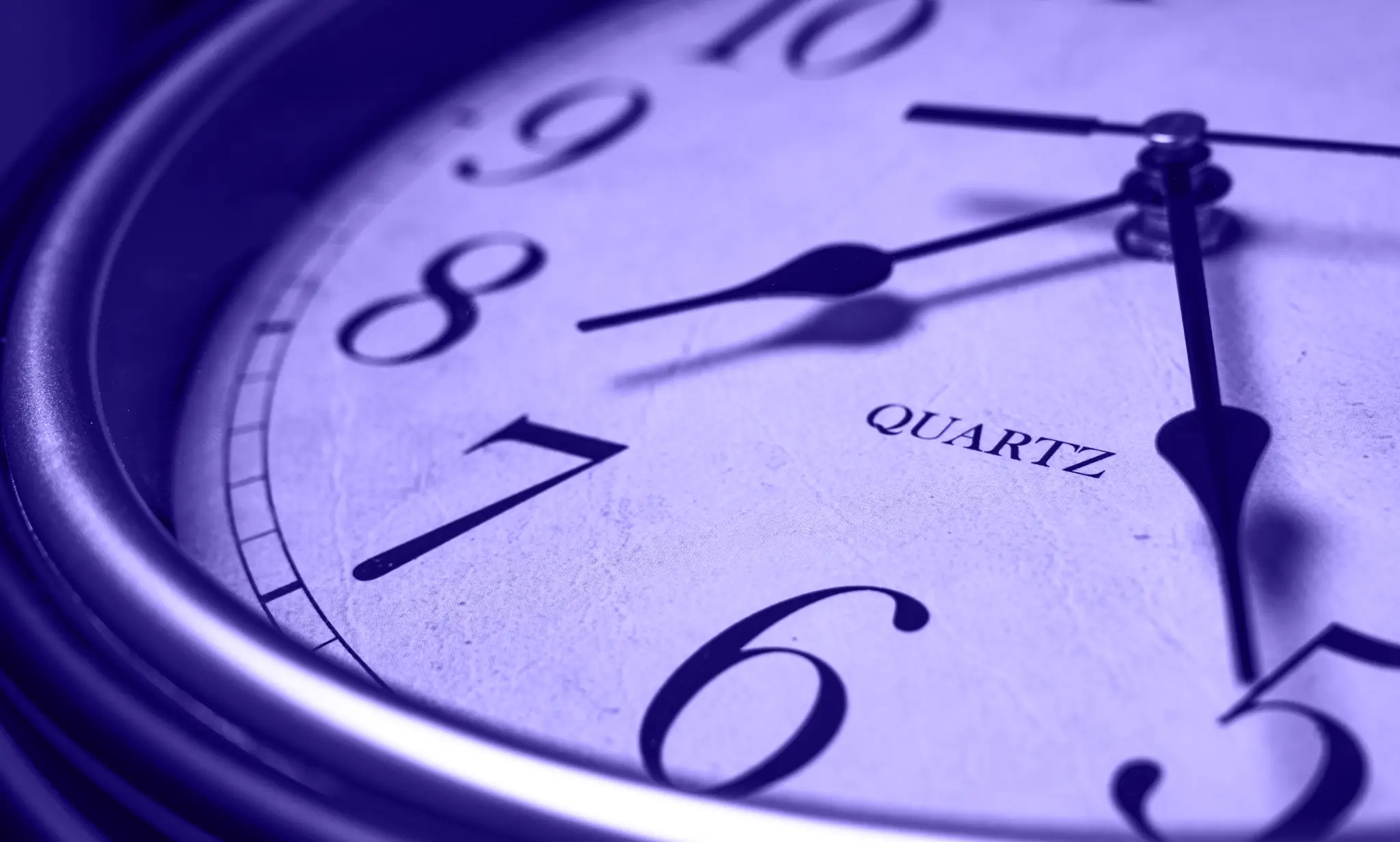Bitcoin has emerged as one of the most intriguing financial opportunities of the past decade, captivating everyone from professional traders to everyday buyers looking to capitalise on its potential. Yet a common question remains: When is the best time to buy Bitcoin?
If you’ve ever wondered whether there’s a foolproof method for timing your Bitcoin purchases, you’re certainly not alone. While there’s no crystal ball for predicting price movements with absolute certainty, there are practical strategies and market insights that can help you make better-informed decisions. This is especially true if you’re buying Bitcoin in Australia through platforms like Digital Surge, where understanding local regulations and market trends can give you an added advantage.
Catching the Right Wave: A Look at Bitcoin’s Market Cycles
Ever notice how Bitcoin can feel like a rollercoaster ride? Its price doesn’t just move randomly—there’s a pattern of highs and lows known as market cycles. Getting familiar with these cycles can help you pinpoint the best time to buy Bitcoin.
Accumulation Phase
This stage comes after a big crash or correction, when the market finally settles down. You’ll often see institutional buyers and “smart money” snapping up Bitcoin at bargain prices. For regular buyers, this can be a great time to jump in before momentum kicks back into gear.
Uptrend & Bull Markets
When prices rise steadily, media hype and new institutional adoption can fuel what’s commonly called FOMO (fear of missing out). While buying during a bull run might lead to quick gains, keep in mind that prices could be inflated—and a correction might be just around the corner.
Distribution Phase
Here, early buyers and large holders (often referred to as “whales”) start selling off to lock in rewards. The overall market mood might still feel upbeat, but price swings become more volatile as selling pressure ramps up.
Downtrend & Bear Markets
A bear market can stretch on for weeks or months, and it can be nerve-wracking to see your holdings drop. However, if you’re confident in Bitcoin’s long-term value, these low points can present some of the best buying opportunities.
Finding the Sweet Spot: Best Times to Buy Bitcoin
Although market cycles give you a big-picture view, everyday price movements also have their own quirks. Whether you’re buying Bitcoin in Australia or just checking prices worldwide, it helps to know when prices typically dip—because that’s often the best time to buy Bitcoin.
Best Time of Day to Buy Bitcoin
Some data suggests that Bitcoin prices tend to be lower in the early morning hours (roughly 12 AM – 6 AM UTC). This lull could be tied to lower trading activity when major markets in the U.S. and Europe are quieter. Of course, your local time will vary in Australia, so you might want to do a quick time-zone conversion before setting your alarm!
Best Day of the Week to Buy Bitcoin
Historical trends point to Mondays and Sundays having slightly lower Bitcoin prices compared to the rest of the week. One theory is that traders often rebalance their portfolios over the weekend, triggering dips that can linger into Monday. So if you’re looking to snag a potential deal, keep an eye on weekend and early-week prices.
Best Month to Buy Bitcoin
Over the years, certain months have shown distinct patterns. September has often been weaker for Bitcoin, while November and December have sometimes seen bullish runs. That said, the crypto market is known for its surprises—so past performance doesn’t guarantee future rewards. Always consider the broader economic climate and your own risk tolerance.
Dollar-Cost Averaging (DCA): A Smarter Way to Trade
Let’s face it—trying to pin down the best time to buy Bitcoin can feel overwhelming, especially if you’re new to the crypto world. That’s where Dollar-Cost Averaging (DCA) steps in. Instead of stressing about perfect timing, DCA involves trading a fixed amount of money at regular intervals, regardless of Bitcoin’s day-to-day price swings.
Why DCA Works
- Reduces the impact of short-term volatility: By spreading out your purchases, you naturally avoid piling in when prices are sky-high (or selling off when they dip)
- Helps curb emotional decision-making: Because you’re buying on a set schedule, you’re less likely to make rash moves based on headlines or market hype
- Ideal for long-term accumulation: If your goal is to gradually build a position in Bitcoin—DCA helps you stay focused on the bigger picture.
How Does This Look In Practice
Let’s say you decide to buy $100 each week in Bitcoin. Some weeks, you’ll buy when prices are a bit higher; other times, you’ll catch a deal when they’re lower. Over time, these ups and downs average out, giving you a more balanced cost basis. It’s a simple way to participate in the market without constantly guessing (and second-guessing) whether now is truly the best time to buy Bitcoin.
Market Indicators That Help Identify Good Buying Opportunities
If you want to be a bit more strategic about finding the best time to buy Bitcoin, consider paying attention to these market indicators to give yourself the best advantage.
Bitcoin’s Relative Strength Index (RSI)
The RSI measures market momentum and can indicate when Bitcoin is overbought or oversold. If the RSI falls below 30, it often suggests that Bitcoin could be undervalued, potentially signaling a buying opportunity.
Fear and Greed Index
This index reflects overall market sentiment, ranging from extreme fear to extreme greed. When the market is gripped by fear, it can sometimes mean prices are near a bottom—a potentially good time to buy. On the flip side, extreme greed may signal an overheated market.
Moving Averages (MA)
Long-term traders often use the 200-day moving average to gauge overall trends. If Bitcoin’s price dips below this moving average, it may point to a broader downtrend—but for buyers with a long-term outlook, it might also mean a chance to purchase Bitcoin at lower prices.
On-Chain Data
Looking at on-chain metrics, such as Bitcoin exchange reserves (the amount of BTC held on exchanges), can reveal whether traders are selling or holding. A decline in exchange reserves may suggest that more people are holding onto their Bitcoin, which can be a sign of confidence in its future price.
There’s No ‘Perfect’ Time, But There’s a Smart Way
Trying to predict the absolute bottom of the market is a bit like trying to predict the weather. Instead, focus on finding the best time to buy Bitcoin that fits your goals and comfort level—whether that involves monitoring price dips, tracking technical indicators, or simply using a DCA approach.
Ultimately, Bitcoin has rewarded patient traders who’ve held through multiple market cycles. Rather than chasing the idea of a “perfect time,” consider choosing strategies that align with your risk tolerance and long-term buying objectives.
DISCLAIMER: The information in this blog is for general information purposes only. It is not intended as legal, financial or investment advice and should not be construed or relied on as such. Before making any commitment of a legal or financial nature you should seek advice from a qualified and registered legal practitioner or financial or investment adviser. No material contained within this website should be construed or relied upon as providing recommendations in relation to any legal or financial product.






